London and Dublin are cities of Georgian Squares. They share attributes that neither share with the industrial cities of northern England. Theirs is a mercantile, colonial and imperialist, and political past...
from
http://www.georgianindex.net/London/squares/l_square.html
"If you wish to have a just notion of the magnitude of this city, you must not be satisfied with seeing its great streets and squares, but must survey the innumerable little lanes and courts."--Samuel Johnson (1709-1784)

London Home
Bedford Square
| Name | Trade | Number | Description | Year |
|---|
| Joseph May | Merchant | 4, Bedford-square, Bloomsbury | | • |
| Recordon & Dupont | Watchmakers | 3, Bedford-street Bedford-square | | • |
| Joseph Warner, junior | Merchant | 22, Gower-street | | • |
| R. Shedden, Esq. | Merchant | 35, Gower-street | | • |
| John Pasley | Merchant | 66, Gower-street | | • |
| Francis-Henry Tyler | Merchant | 67, Gower-street | | • |
| Crawford & Loraine | Timber Merchants | Store street | | • |
Berkeley Square

The Square was laid out in 1730's. It was named for Lord Berkeley of Stratton, a Royalist commander in the Civil War.The north end of the Square was left open to preserve the view from Berkeley House (later Devonshire House). Thirty some large Maples were planted in the central garden in 1789. The popular Gunter's Tea Shop located at 7 & 8 must have generated traffic on warm afternoons.
Bloomsbury Square
Upon its construction this square was called Southhampton Square, after the Earl who built it in 1665. In 1700 the Duke of Bedford took Southhampton house on the North side of the Square. Bedford developed the grounds in 1800. Repton laid out the gardens and James Burton built the homes. There are many book sellers and cabinet makers to the Southeast part of the square. No. 45 was the family home to the Earl's of Chesterfield. Issac D'Israeli lived at No. 6 from 1817-1829.
Top of Page London Home
Bridgewater Square
After a fire that destroyed the Earl of Bridgewater's home in 1688 Sir Christopher Wren and George Jackson purchased the land and developed this small square on the East side of Aldersgate. It was surrounded by a tree hedge.
| Name | Trade | Number | Description | Year |
|---|
| James Upjohn | Watchmaker | 1 | | • |
| John Jackson | Watchmaker | 2 | | • |
| B. Bayley & Son | Watchmakers | 3 | | • |
| John Brooks | Clock & Watchmaker | 4 | | • |
| William Turner & Sons | Refiners & Smelters | 6 | | • |
Top of Page London Home
Cavendish Square

Was laid out by John Prince for the 2nd Earl of Oxford. It was the first development on his estate and was named for the Earl's wife Henrietta Cavendish-Hollace. Construction began in 1717, but was held up by the South Sea Bubble. Oxford street was built to stimulate the leasing of lots and construction of houses.
Charterhouse Square
Constructed between 1700-1775 consists primarily of Georgian brick houses. This Square is located near Smithfield. Thackery boarded there as a schoolboy.
Top of Page London Home
| Name | Trade | Address | Personal Associations | Other inhabitants | Year |
|---|
| John Campbell, Esq. | Merchant | 4 | | | • |
| John-William Anderson, Esq. | | 5 | Alderman, Agent & Commissary for the City of Dantzig | | • |
| George Bague | Merchant | 28 | | | • |
| John-William Anderson, Esq. & Co. | Merchants | 33 | | | • |
| Samuel Drewe | Merchant | 33 | | | • |
| Thomas Roberts, senior | Broker | 37 | | | • |
| Thomas Roberts, junior | Broker | 39 | | | • |
| Rutland House | | | | | |
| | | | Venetian Ambassadors | | |
| Charter House | | | | | |

Devonshire Square
Built upon grounds of Devonshire House. It is in Bishopsgate near Liverpool St. Nicholas Barbon developed the land in 1675. Between 1678-1708 the Square and a new Quaker meeting house were built.
Finsbury
A rectangular Square with City Road on the East side. It was an attempt to create a West End type atmosphere in the City. George Dance the younger designed the Square, and it was constructed 1777-1792. From 1778-1798 James Lackington the bookseller had a shop in the southeast corner of the Square called "TheTemple of the Muses." It had 140 feet of frontage and in the center of the shop was a huge circular counter around which it was said a coach and six could have been driven. There was a flagpole from which a flag was flown when the owner was in residence. The shop was considered a London sight.
Gough Square
The Square, which lies North of Fleet St, was built on land owned by Sir Richard Gough, a wool merchant who was knighted after his trade in India prospered. Dr Johnson lived at No. 17 for 10 years until 1759. Hugh Kelly, the dramatist and author also lived there until 1777.
Golden Square
Built 1670-1700 on land once known as Gelding's Close. At first it was extremely fashionable. Barbara Villiers the Duchess of Cleveland lived there 1705-07, James Bridges, 1st Duke of Chandos lived there 1700-10, Henry St John Viscount Bollingbrook was in residence 1702-14. By 1720 the Square was graveled and entirely inhabited by gentry. After 1750, the aristocrats moved on to Mayfair. Then foreigners took over the residences for homes and embassies.
Grosvenor Square

Built between 1725-1731 at the center of the Grosvenor estate. It is the 2nd largest Square in London. The average cost of homes originally built there was the amazing sum of 7,500 pounds--at a time when a time when a farm laborer received less than 40 pence, there are 240 pence per pound, per day during the high demand harvest season. Naturally the majority of the original residents were titled. The area came to be called Little America because John Quincy Adams lived there while he was the American ambassador to Britian.
Hanover Square

Bounded by Oxford St. on the north, Regent St. on the east, on South and West by the backs of the houses on Conduit and New Bond Streets. The square was located at the center of Millfield Close Estate. Development began after the accession of George I in 1714. The Whig magnate Lt. General the Earl of Scarborough began this first of the great Mayfair Squares. The Church of St. George, built on St George St., was immediately fashionable. Retired Generals and other persons of distinction inhabited the homes in the square. Learned societies and clubs moved in as it became less fashionable. Robert Adam remodeled No. 13 Roxburghe House, in 1776, for the 3rd Duke of Roxburghe who was famous for his book collection. The Lascelles family later owned the house, so it became known as Harewood House.
Leicester Square

Robert Sidney, 2nd Earl of Leicester, acquired the land on which this square was built in the 1670's. Leicecter House on the North side was completed in 1635. Houses were modeled on those in Pall Mall. Earls of Ailesburry, Sunderland, Rockingham, Scarsdale, Westmorland, and Deloraine lived there. In 1782 Gedge opened a Linen Drapers shop with one of the first large shopfront windows. Hogarth lived at No. 30 where he drew Rake's Progress. Joshua Reynolds lived in No. 47 from 1760-1792. Dr. Johnson and Fanny Burney were frequent visitors there. The area became less fashionable by 1800 when craftsmen moved in.
Lincoln Inns Fields

The largest Square in London developed over two common fields. Pursefield and Cupsfield were former playfields for students. After several attempts to build in the area in 1630 William Newton was finally granted the right to build on the sight when he assured the crown he could increase the annual income from the land to more than the sum of 5pounds 6s 8d it collected in rents at that time. By 1641, Newton had built 32 houses around the Square. While the area was fashionable, it was plagued by fights and robberies. Residents included: Edward Montagu the 1st Earl of Sandwich, 2nd and 3rd Lords Coventry, Thomas Pelham-Holles Duke of Newcastle, Robert Sidney 2nd Earl of Licester, Robert Bertie 1st Earl of Lindsey at no. 59-60 built in 1640 by Inigo Jones, the Duchess of Portsmouth, Willaim Pitt's chambers in 1778, and Charles Beauclerk 1st Duke of St. Albans who was the son of Nell Gwen and Charles II's.
Manchester Square
A small Square laid out 1776-1788 named for the Duke of Manchester who was the first owner of Hertford House.
Montagu Square
Brick Houses designed by David Parkinson and built by David Porter in 1811. A twin of Bryanston Square.
Portman Square

Built 1674-1684 on the land of Henry William Portman. Montagu House at the northwest corner was built by James Stuart for Mrs. Elizabeth Montagu. She used to give a roast beef and plum pudding dinner for chimney-sweeps and their apprentices on Mayday. One of them, David Porter, grew up to be a builder and named Montagu square in her honor. No. 20 Home House was built by Robert Adam 1773-7.
Portman Square
| Name | Address | Personal Associations | Other inhabitants | Style | Year |
|---|
| | 20 | | | Adam | 1773-1777 |
At Portman Square
Top of Page London Home
| Name | Address | Personal Associations | Other inhabitants | Style | Year |
|---|
| Name | Number | Trade | Description | Year |
|---|
| John Sawbridge Esquare | Cavendish street | Alderman | | • |
| Peter Fallon | 9 Edward street | Hatter | | • |
| William Hawkins | 10 Edward street | Oilman & Salter | | • |
| William Jones | 25 Edward street | Wax chandler & Grocer | | • |
| Dawson & Co. | 29 Edward street | Linen drapers | | • |
King's Square

This Square was built in 1681 and named for Charles II. His statue was erected at its center. The Earl of St. Albans leased the land to a brewer who passed it on to Richard Frith, a brick layer. Monmouth House is on the South side. Fauconberg House and Carlisle Hose were on the East side, Viscount Preston also lived there. Sometime after 1739 it became Soho Square. The word Soho originates from a hunting cry; the land was formerly a hunting ground. No. 32 was the residence of botanist Sir Joseph Banks, who gave breakfasts at which he would show his collections from his voyages with Captain Cook. By the 1770's many ambassadors lived in this square.
Panton Square
Queen Square

Built 1708-1720 and named after Queen Anne. Dr. Charles Burney and Fanny lived there 1771-2. Hampstead and Highgate could be seen through the open North side at that time. The Burney's entertained Cook here when he returned to London from his 2nd voyage. The Garden has a statue of Queen Charlotte that was placed there in 1775. Dr Willis lived there. Early in his illness King George III stayed with Dr. Willis. The square was a fashionable area until 1800.
Queen square, Bloomsbury
Top of Page London Home
| Name | Number | Trade | Description | Year |
|---|
| John Henry Warre | | Merchant | | • |
| William Moffatt | 32 | Merchant | | • |
| M. Fernandes | 23 New Ormond street | Broker | | • |

Red Lion Square
Located South of Theobald Road and named after the inn at Holburn this Square was laid out in 1684 by Nicholas Barbon on a 17 acre paddock. It was the London residence of the famous Mr. Harrison while he was constructing his clock.
Redlion Square, Holburn
| Name | Number | Trade | Description | Year |
|---|
| William Webb | 4 | Merchant | | • |
| George Wye & Co. | 5 | Merchants | or Tom's Coffee house | • |
| Walford & Good | 28 | Surgeons | | • |
| Rob. Grant | 31 | Merchant | | • |
| J. Scott | 40 Gloucester street | Clock & Watchmaker | | • |
| Lewis & Morgan | 33 & 34 Theobald's row | Attorny's | | • |
Russell Square
Built on grounds of Bedford House. Repton laid it out in 1800. James Burton built several homes there. It was immediately favored by Lawyers. Thomas Lawrence had a studio at 67 from 1805-1830. He painted portraits of many of the prominent allies after Waterloo.
St. James Square

Development began in 1675 and was carried out by Jermyn, the Earl of St. Albans, and Clarges. The Square is bordered by St James St, Haymarket, King Charles II St, and Jermyn St.. Sir John Denham, the surveyor General probably designed the brick homes with stone dressings. It housed several foreign Embassies. Number 21 housed Arrabella Churchill and Catharine Sedley in turn when they were James II's mistresses. Between 1791-95 No. 21 was rebuilt by the 5th Duke of Leeds. In 1829 the Bishops of Winchester took the house, 46 years later it was sold and a distillery was built on the lot.
Edmund Boehm, a rich merchant, was giving a ball at No. 16 one evening in 1815. The Boehms were no doubt delighted to have the Prince Regent as a guest. Major Henry Percy arrived at the door in a uniform still bloody from the Battle of Waterloo. When brought before the Prince Regent he laid the French Eagles at the Prince's Feet announcing the Victory of Waterloo. Mrs. Boehm was upset at the interruption of her party, but the Prince, who loved public spectacle, was delighted. After asking the ladies to leave the room, he had Lord Liverpool read the dispatch aloud. The Regent promoted the messenger Percy to Colonel on the spot.
In 1820 Queen Caroline rented no. 17 while she was testifying at parliament.
Trafalgar
This square was laid out between 1829 to 1841 to commemorate Nelson's victory at the Battle of Trafalgar. The square gave a name to the Trafalgar balcony because many homes in this area had iron balconies. The square is dominated by a large column surrounded by bronze lions, and topped with a 17 foot high statue of Nelson. The Church of St. Martin's in the Fields and the National Gallery are located in this square.
Wellclose
Laid out at the end of the 17th century. It was the home to many sea captains.
• from 1794
Kent's directory
from
http://www.dublincivictrust.ie/events.php
 Maximising the city's Georgian heritage
Maximising the city's Georgian heritage
Friday 13th September 2013
BOOKING NOW OPEN

Dublin Civic Trust is delighted to announce a major one-day conference assessing the role and significance, past, present and future, of the historic squares of Dublin.
Placing a special emphasis on the north Georgian area of the city in collaboration with The Mountjoy Square Society, this major one-day symposium will be hosted in the magnificent environment of the former ballroom of the Assembly Rooms of the Rotunda Hospital on Parnell Square, once the focus of social life in eighteenth-century Dublin.
Conference Theme
DUBLIN’S five major historic squares are emblematic of the city’s internationally renowned eighteenth-century heritage, synonymous with Enlightenment principles of urban planning, ordered street architecture and classically inspired park and garden design. The square has ancient roots in Greek and Roman civilisations, and later in the Renaissance civic planning of continental Europe, however it is the local, vernacular interpretation of the urban square in the Dublin context, and the social and economic dynamics that forged it, that lend these surviving built and natural landscapes a unique interest in the modern world.
Speakers and Topics

This major conference will feature a host of expert national and international speakers highlighting the architectural, cultural, social and economic significance of the five major historic squares of Dublin and their hinterlands. It will showcase their historic evolution through estate planning and management, building speculation and development, public landscape design, and the various international influences that helped shape the now familiar landscape of the city.
It is also recognised that the role of the squares in Dublin is much greater than as an isolated cultural asset, as they also serve as a key social and economic resource for the city at a time of growing environmental awareness and international competition between major urban centres. Much discussion and academic research in recent decades has rightly centred on the historic evolution of the squares, but much less so on their modern-day role as hubs of living, working, leisure and community life.
For the first time in a public forum, this conference aims to stimulate public discussion about the conservation of the built and natural environments of Dublin’s squares through exploring new uses for buildings, reinventing the public realm and promoting new perspectives on the role and design of their public gardens and parks.

It also seeks to explore how the economic and social vitality of the city can be enhanced through changing perceptions about the squares and their attendant streets, reshaping predominately commercial uses on the south side and widespread inadequate residential standards on the north side, into world-class community and commercial centres that innovatively embrace this unique heritage asset.
Left: Mountyjoy Square Park
Conference speakers will assess international best practice of managing streetscape, presenting historic planted landscapes, and financing building and landscape conservation through public and private funding and incentivisation. Please find programme details below.
Location

The conference takes place in the magnificent surroundings of the Pillar Room, the ballroom of the former Assembly Rooms of the Rotunda Hospital on Dublin's Parnell Square. Begun in 1784 to the designs of architect Richard Johnston, the New Assembly Rooms is one of the forgotten civic complexes of Georgian Dublin - a largely intact, architecturally significant series of public entertaining rooms that originally addressed the Rotunda Pleasure Gardens.
The rooms complemented the earlier round room or Rotunda erected by John Ensor in 1764, but shared a similar purpose of raising revenue for the hospital, playing host to balls, musical events and fashionable society gatherings. The New Assembly Rooms featured a ballroom to the ground floor opening onto the gardens (The Pillar Room), a grand supper room on the first floor (now the auditorium of The Gate Theatre), and a Tea Room at ground floor level (part of which has been subsumed into the entrance of The Gate).

Our choice of location reflects the need to refocus public policy towards the latent resources of the city, in this case the unique heritage asset of Parnell Square with its combination of former public buildings, pleasure grounds and spectacular collection of mid-Georgian town houses. We hope the conference and its venue will reshape perceptions about the value of the North Georgian Core of Dublin and showcase its potential to the wider public.
Left: Stuccowork of The Pillar Room
Details
The conference day includes lunch mid-way through the programme, and tea, coffee and light refreshments in the morning and afternoon.
Access to The Pillar Room is gained via the blue pedestrian gate on Parnell Square East, located immediately adjacent to the new extension to The Gate Theatre. Please note there is no parking available on-site and we encourage all attendees to use public transport where possible. The nearest multi-storey car parks are located a five-minute walk away on Parnell Street and Q Park on Marlborough Street.
How to Book
To book a place on the conference, please follow the booking link below. Two ticket types are available:
ADMIT ONE - €65: This is the standard admission ticket to the conference.
ADMIT ONE PLUS CPD CERTIFICATE - €80: This ticket provides admission plus a Continuous Professional Development (CPD) certificate of attendance at the event, of relevance to professionals including architects, surveyors, planners, engineers and other relevant disciplines. The event will amount to 6 structured CPD points. Please note that due to administrative costs, CPD certificates will not be issued to attendees who opt for the standard admission option.
PROGRAMME
Session Chairs
Elizabeth Morgan, Landscape Conservation Architect, Office of Public Works
Ciarán O’Connor. State Architect, Office of Public Works
Ali Grehan, City Architect, Dublin City Council
Aidan Pender, Director of Strategic Development, Fáilte Ireland
08.30 - 09.10 Registration
09.10 Doors close (sharp)
09.10 Welcome & Introduction
Geraldine Walsh, Chief Executive Officer, Dublin Civic Trust
09.20 Opening Address
Phil Hogan T.D., Minister for Environment, Community & Local Government
09.30 Changing the Rules: The Social Construction of the European City Square, 1500 - 1900
Dr. Desmond McCabe, Historian & Author
10.00 Grand Ambitions - Development of the Gardiner Estate
Merlo Kelly, Architect & Conservation Consultant
10.25 The Square in the Town Plan
Dr. Todd Longstaffe-Gowan, Landscape Architect & Historian
10.50 Discussion
11.00 Tea/Coffee Break
11.30 The Design and Redesign of Urban Squares – A Scottish Perspective
Christopher Dingwall, Landscape Historian & Heritage Consultant, Scotland
11.55 Dublin’s Forgotten Pleasure Grounds - Parnell Square
James Kelly, Conservation Architect & Chairman, Dublin Civic Trust
12.15 Squaring the Vista - Depicting the Lungs of the City
Adrian Le Harivel, Curator of British Art, National Gallery of Ireland
12.40 Discussion
12.50 Lunch
13.50 An Outsider’s Perspective - Appraising Dublin’s Squares
Chris Sumner, Chair of Planning & Conservation, London Parks & Gardens Trust
14.10 Challenges and Opportunities - The Squares as an Urban Resource
Nicki Matthews, Conservation Officer & Conservation Architect, Dublin City Council
14.30 Maximising the North Georgian Core
Karin O’Flanagan, Mountjoy Square Society and Resident
14.50 The Future of the South Georgian Core
Paul Kearns, Senior Planner, Dublin City Council
15.10 Strategic Policy in Urban Landscaping
Leslie Moore, City Parks Superintendent, Dublin City Council
15.30 Discussion
15.40 Tea/Coffee Break
16.00 Financing Regeneration - The Economic Case for Renewal
Garrett Fennell, Mountjoy Square Society
16.20 The Campaign for London's Squares - A Tale of Two Funders
Drew Bennelick, Head of Landscape & Natural Heritage, Heritage Lottery Fund
16.40 The Lanes and Approaching Streets of Mountjoy Square: A Contemporary View
Mary Laheen, Architect and Lecturer, School of Architecture and Landscape, UCD
17.00 Debate & Discussion
Chaired by Aidan Pender, Director of Strategic Development, Fáilte Ireland
17.15 Concluding Address
Honorary Speaker - to be confirmed
|

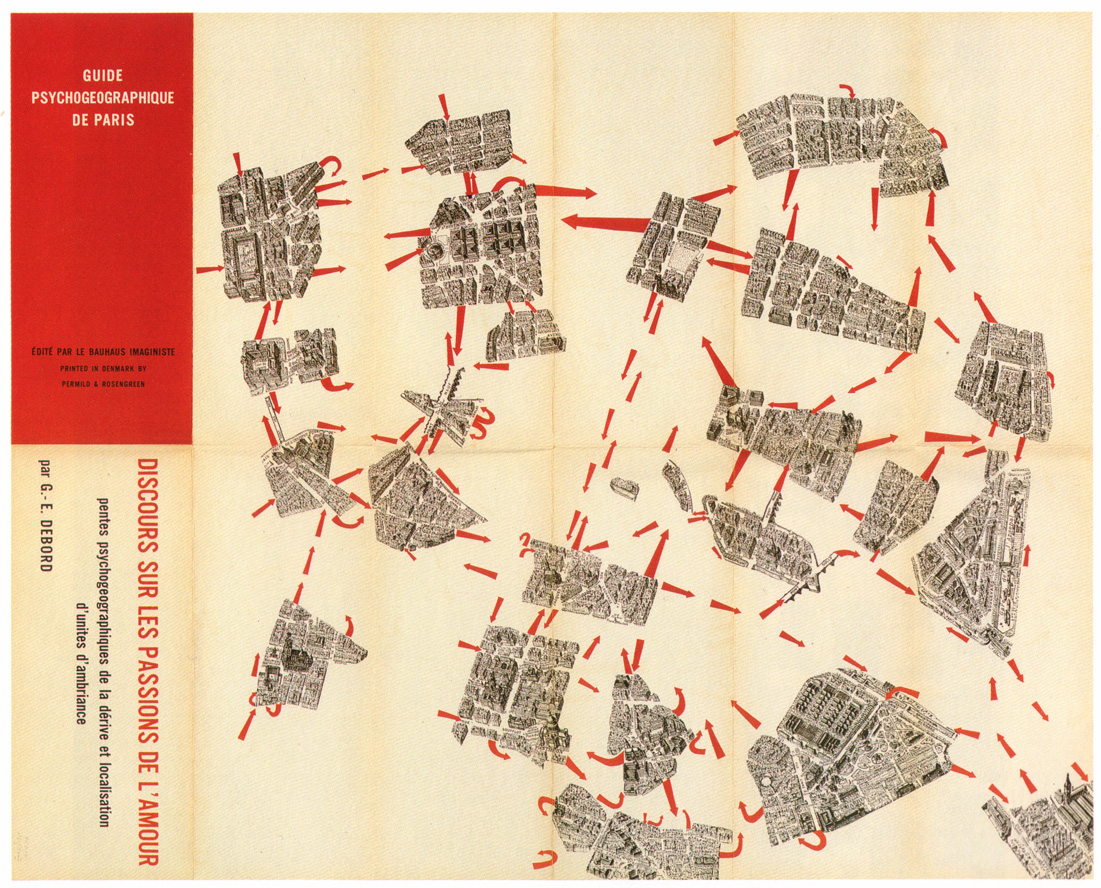




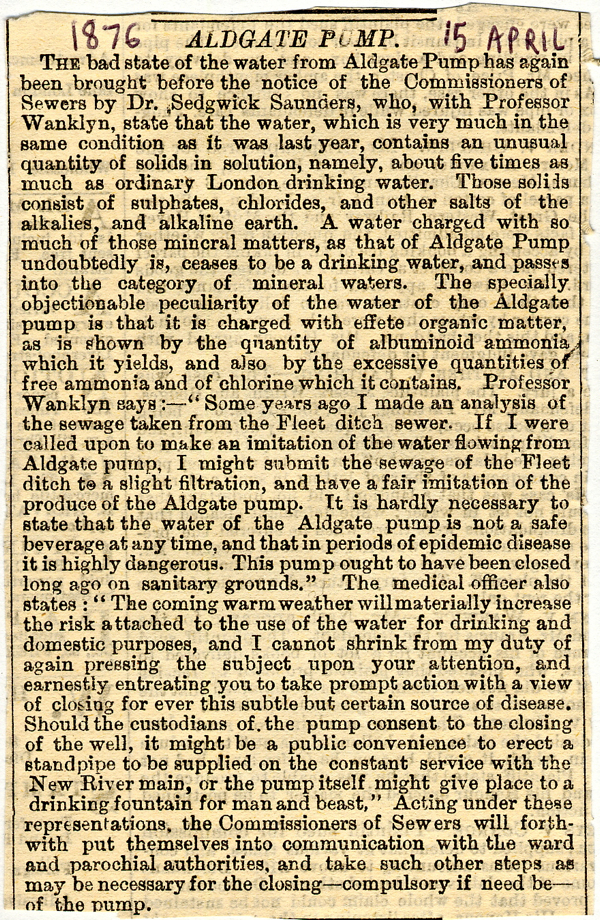
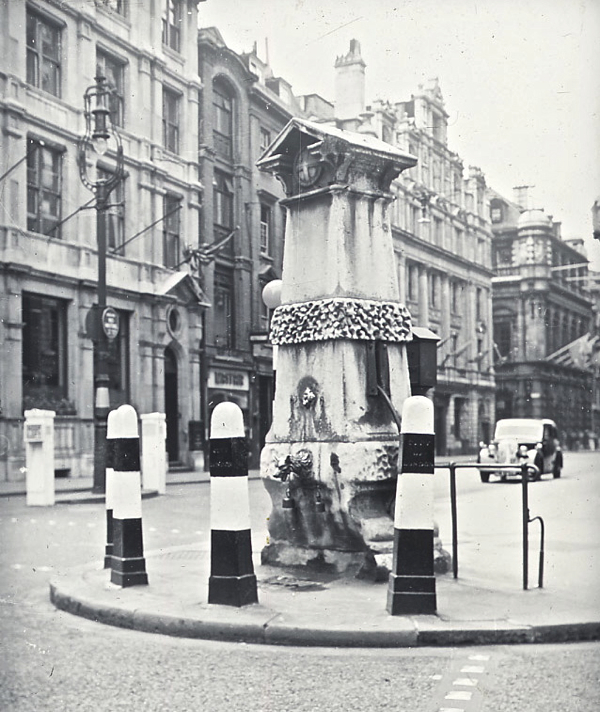

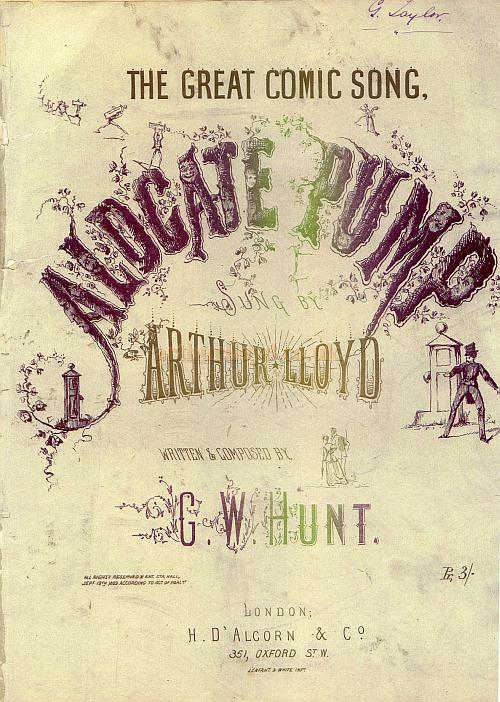
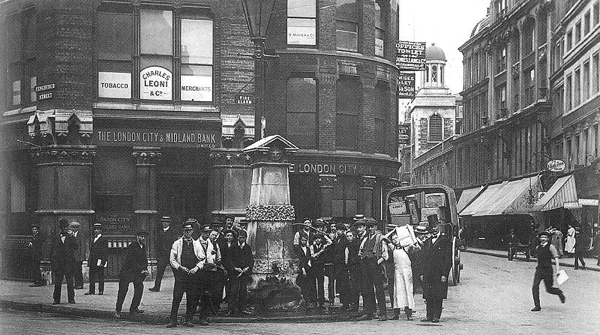
















 Maximising the city's Georgian heritage
Maximising the city's Georgian heritage 



